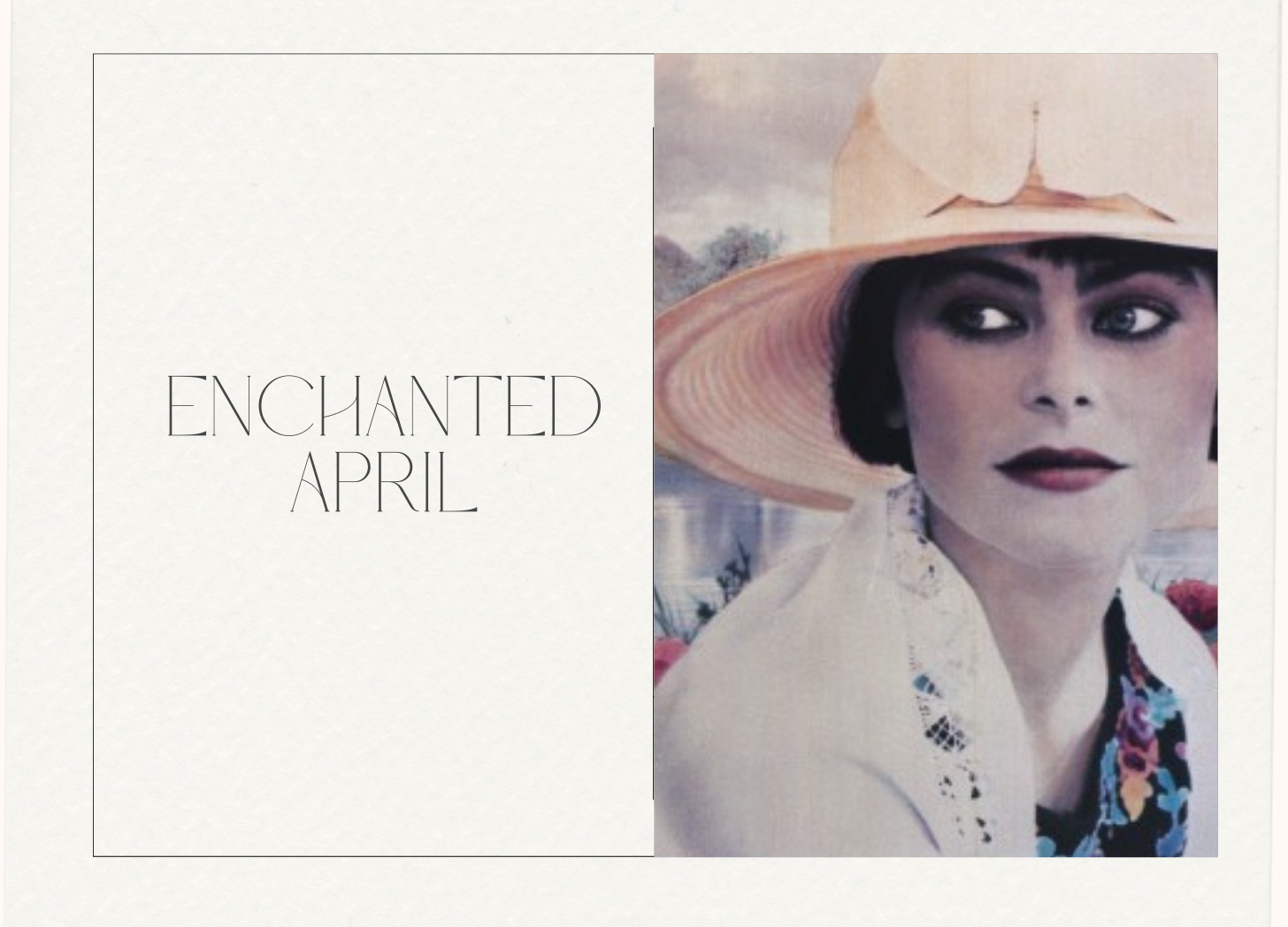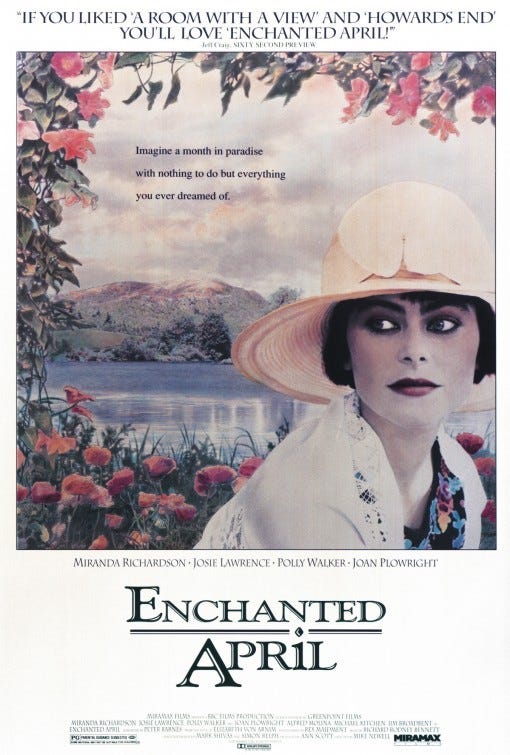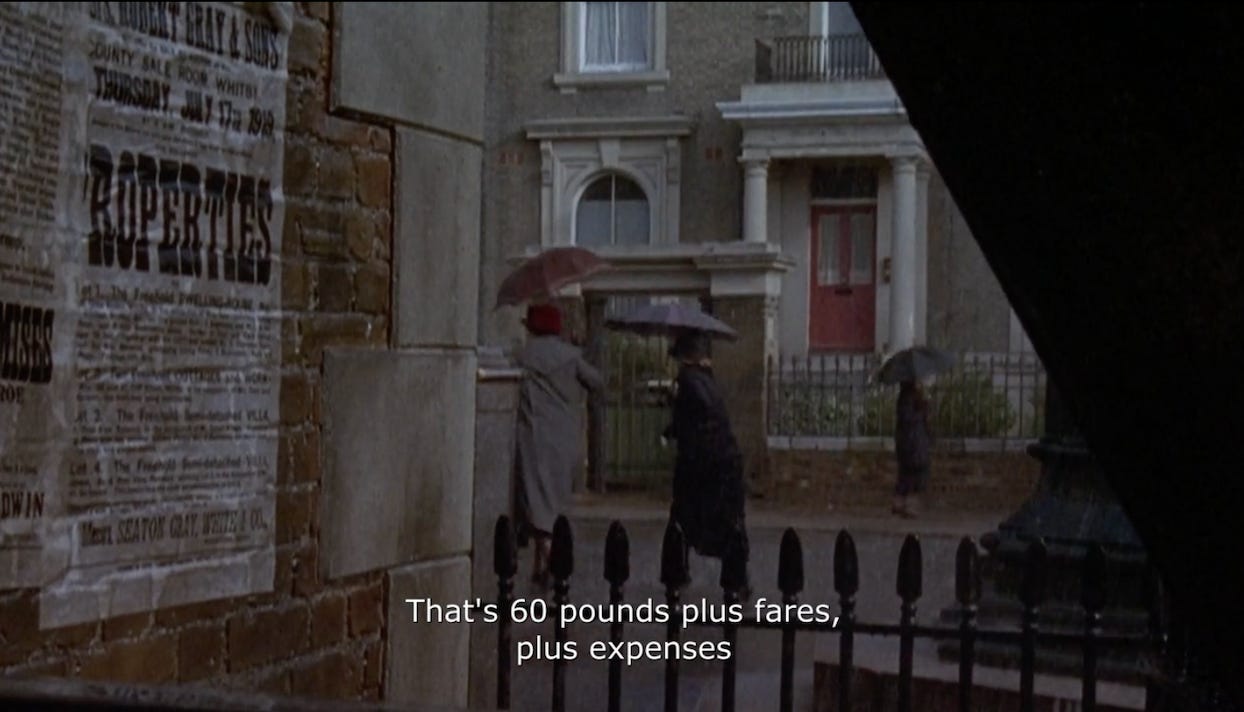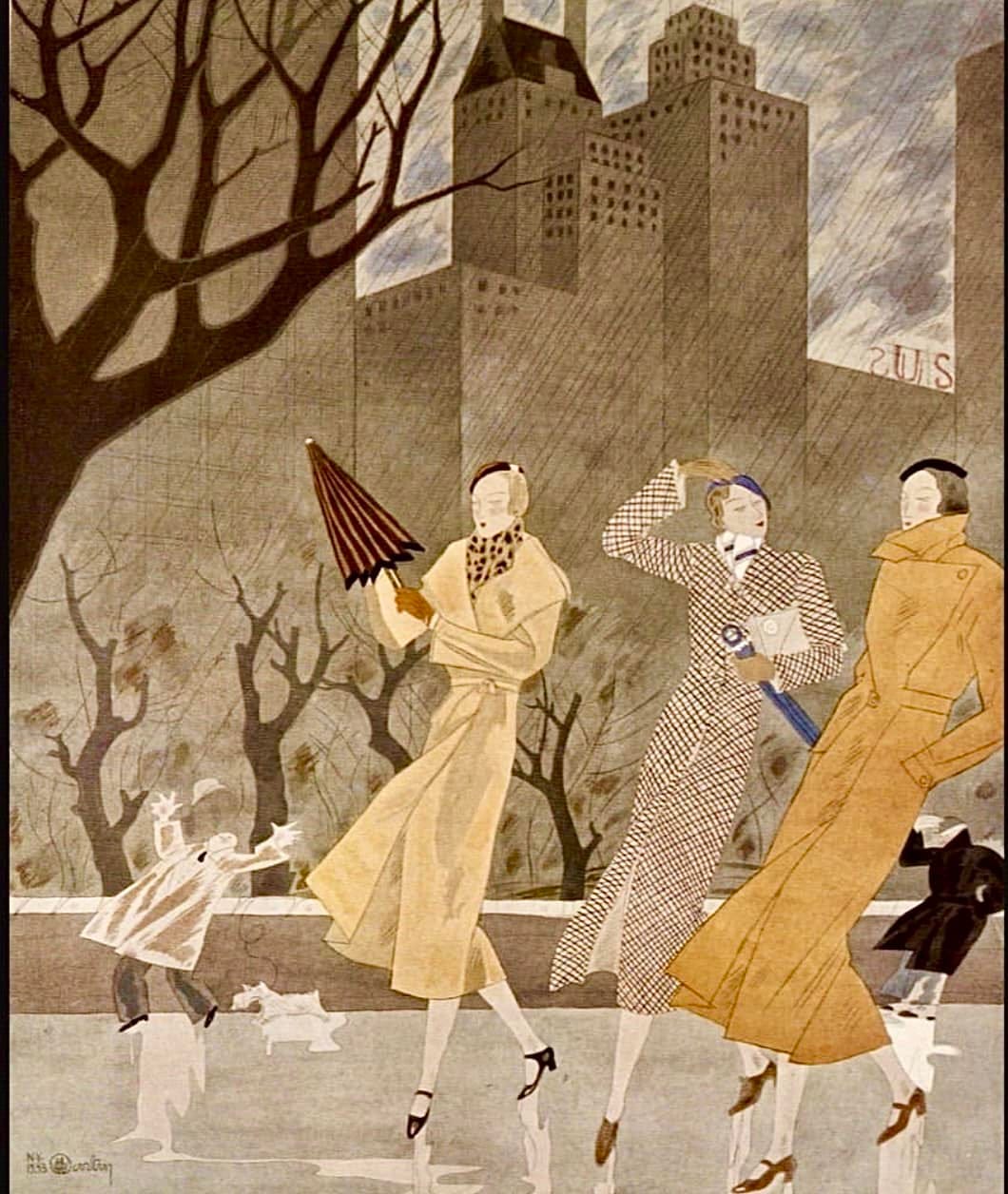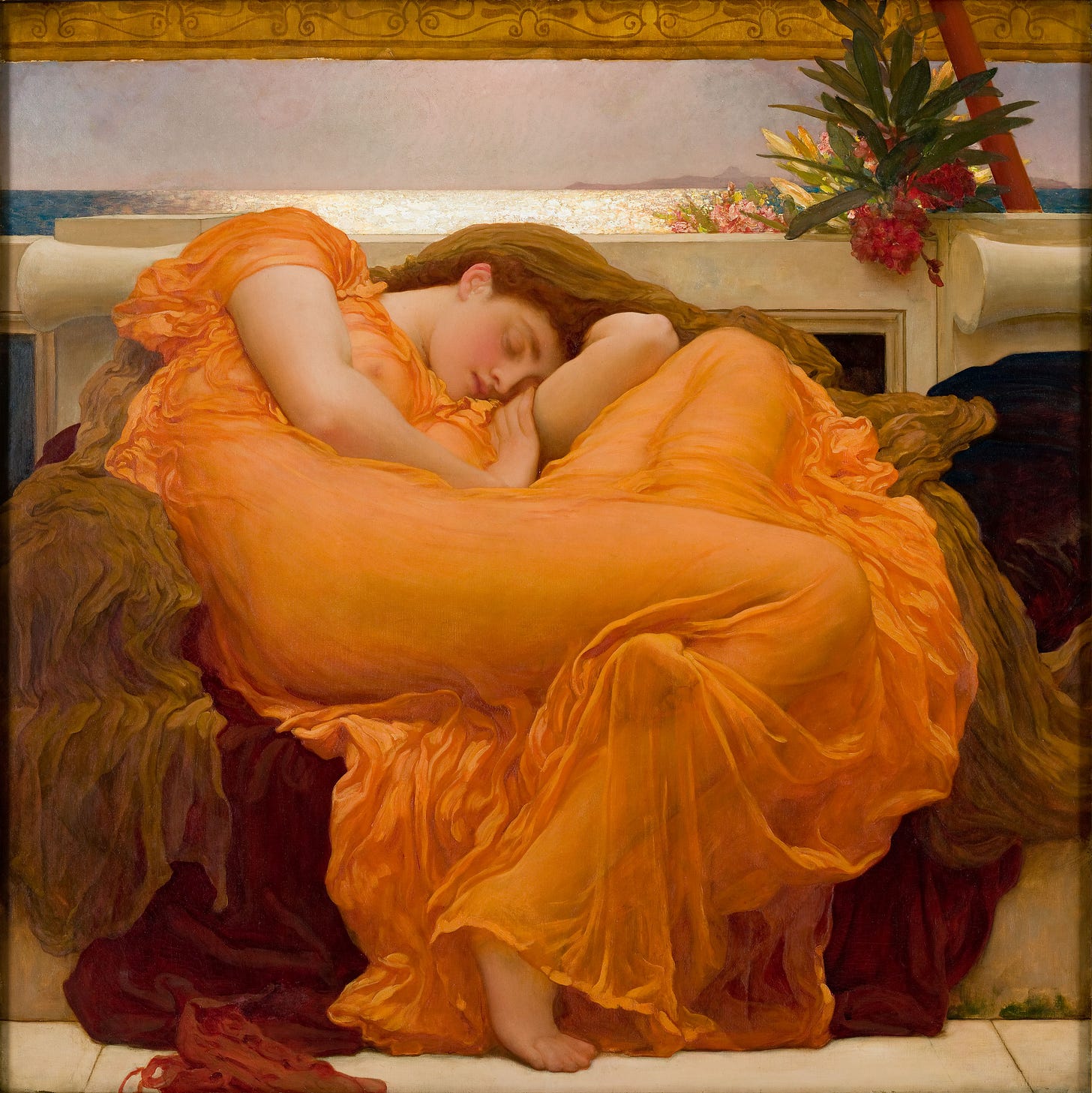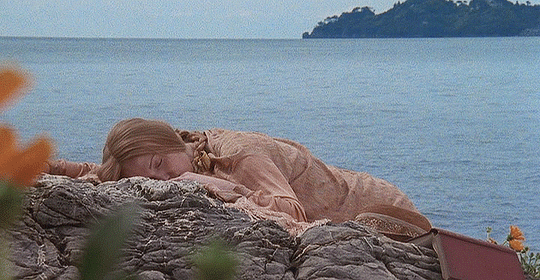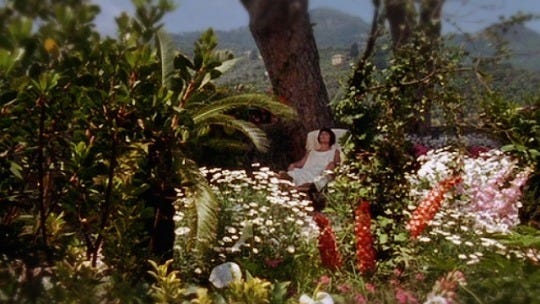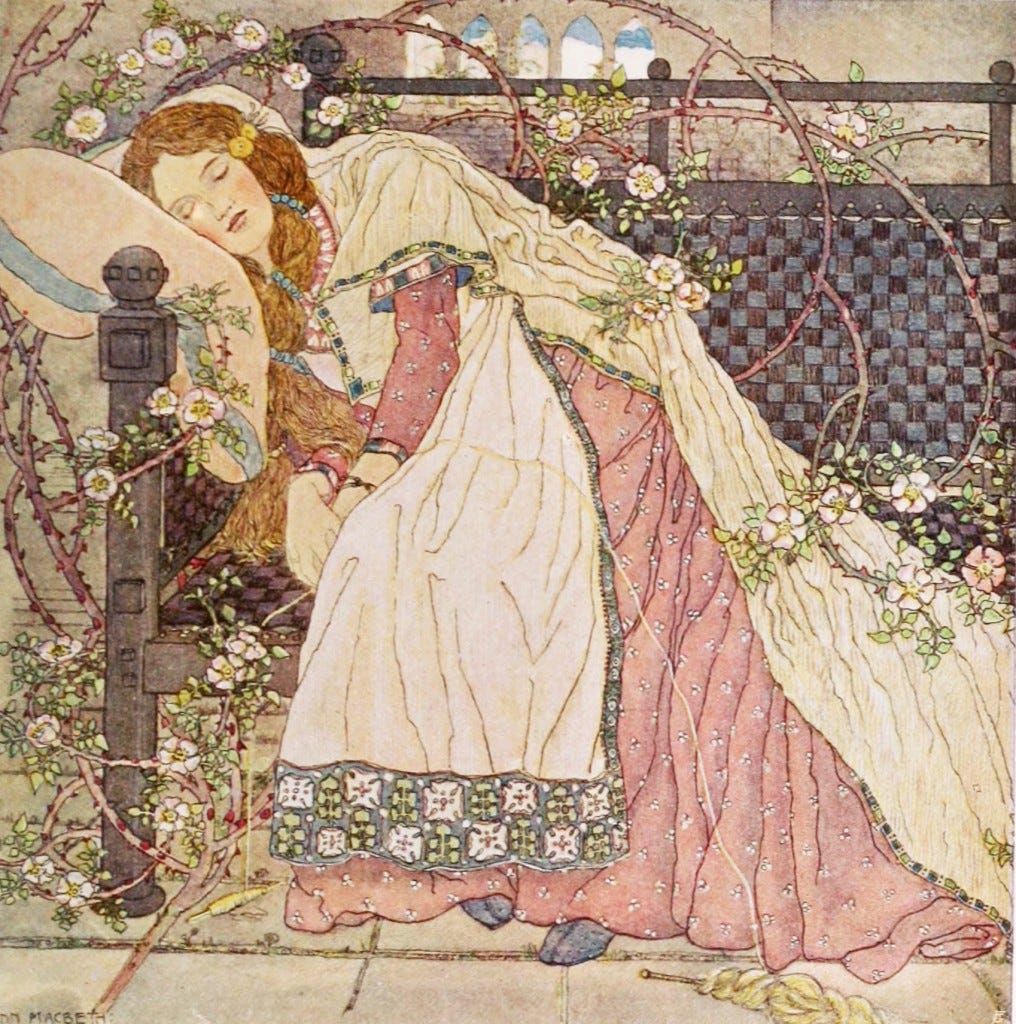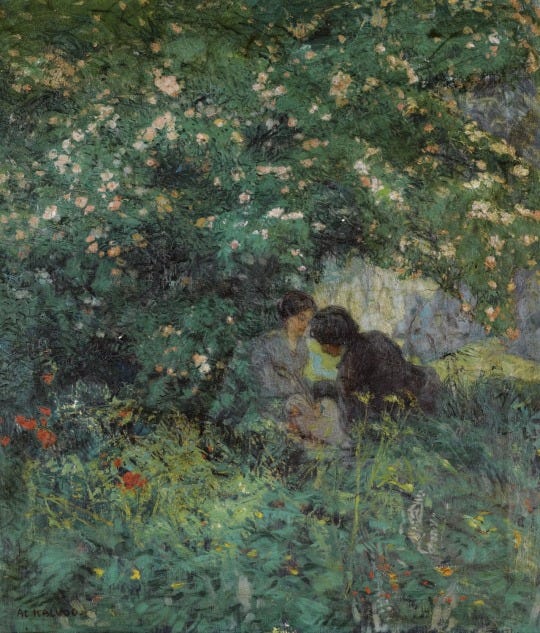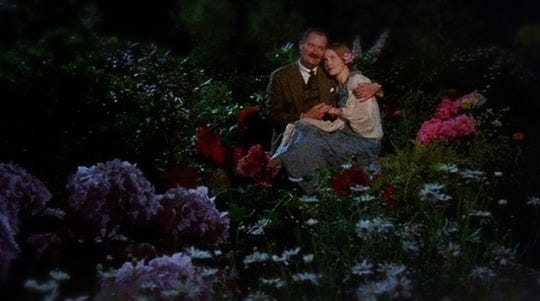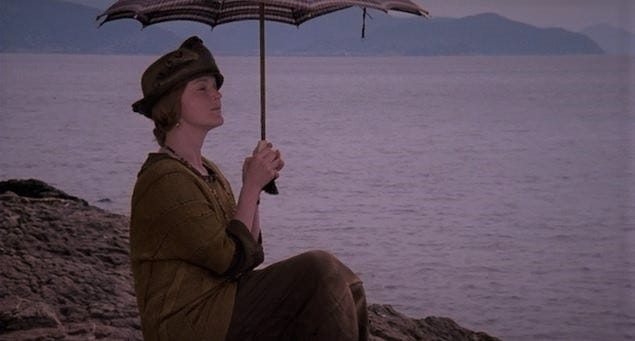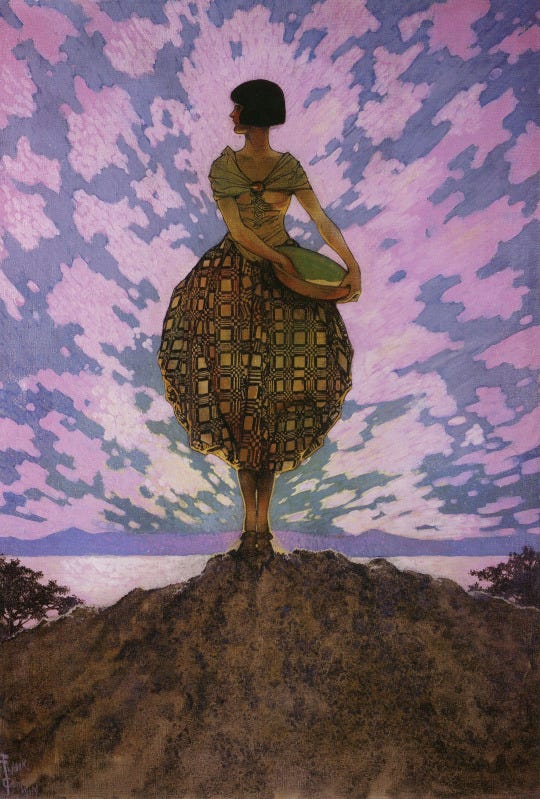Enchanted April - a study in rest and respite.
TO THOSE WHO APPRECIATE WISTERIA AND SUNSHINE. SMALL MEDIEVAL ITALIAN CASTLE on the shores of the Mediterranean to be Let Furnished for the month of April. Servants Remain. Write Box Z 1045. The Times E.C.4.
It is now a tradition for me to read or, at the very least, watch the film adaptation of Enchanted April written by Elizabeth Von Arnim, every single month of April, and this, for a couple of years now. This tradition started back when I was still at university, and I felt lost and extremely overwhelmed by the extremely rapid pace of life, and everything that I was doing at the time, and watching that movie felt like a sense of peace and relief for the first time in a while. The novel was equally as delightful and lovely to me. It is now a couple of years later, and while I feel stronger, more confident and grounded with myself, there is still a part of me that feels so very tired and exhausted from the demands of modern life that have only grown as the years went on. I will always be complaining of the grasp that capitalism has on all of us , and the amount of time we need to dedicate to jobs to be able to earn your life, even if you do actually like your job. There is so little time and energy to devote to your loved ones, hobbies, and rest.
Elizabeth von Arnim (1866-1941) is an english writer whose novels and light memoirs about her domestic life and her gardens are absolutely delightful, and An Enchanted April is no exception. The narrative follow four different women who rent a castle in Italy for the month of April, to escape the dreary and grey routine of London, and while shenanigans do happen — this is after all, definitely a story with wit, humor and purposeful comic beats — there is still a quiet and soothing quality to the story, to the way it focuses on the introspection and the need for rest that we all have, that need for a time to simply be, and heal, far from the constant demands and expectations of modern life and the weariness of routine. For a real rest that only comes from a month away from all responsibilities and demands from everyone else. And while I adore the book just as much as I love the film, the production design of the movie is adeptly conveying the mood of the story, taking moments to just let the scenes unfold in front of us without rushing it. I want to take the time to dissect a bit the scenes of that movie and make a parallel with art history, specifically with the art being created during the years in which this story is being set, so during the 1920.
The beginning of the movie is set in London, grey, dreary and muted, it feels dark and heavy, and underscores the boredom of the dull routine that the characters are going through, each in their own specific ways, whether it is Mrs Wilkins whose husband is terribly fastidious or Mrs Arbuthnot whose erotica writing husband clashes with her devoutness and faith. There is something about the aimlessness of urban life that is a mark of the nascent modern age in the 1920s. All of the scenes set in London are under the constant rain, never quite getting to see the sun. You see them constantly walking with their umbrellas, or if they are inside, the gentle sound of rain pouring in the background, even if they might not be as fashionable as the characters in the illustration from Charles Martin for Harper’s Bazaar.
Umbrella and Rain, illustration for Harper’s Bazaar, Ch arles Martin (1933)
The premise of An Enchanted April is one that is endlessly dreamy, I always wish that someday, I will have both the money, and infinitely more precious, the time to leave for a whole month, rent a castle in Italy and leave everything and everyone behind. This desire of escape is one that is extremely understandable, in my opinion, sometimes you just need to leave, just for a little bit, to find yourself and to understand yourself again. Von Arnim made a point to give a prevalent place in her books to the spaces where one could feel at ease and free from the constraints dictated by social norms and what people might expect from you : «In the garden, Elizabeth von Arnim could think, reflect, and distance herself from the oppressions and duties of the highly rigid and strict German culture that she had adopted through her marriage to Count Henning von Arnim. In observing the varying seasons of nature in conjunction with an active pleasure in literature, she perceived the garden as a metaphor of her life in terms of the development of her soul, and in this context, she believed herself to be in "the process of becoming".» (The Felicitous Space of Elizabeth von Arnim, Jennifer Jane Bollard, 1995) I think it’s possible to draw a parallel between the demands of life that are growing increasingly harder to handle and the desire to leave for a space that is simply yours.
In this context, the mediterranean and the Villa in which they are settling for a month, becomes a character in its own right. There is a sense of, after all, an almost otherworldly peace, which I can understand when you are stuck in a grey dirty city. There is this idea that the people who are the happiest in this world are probably some older mediterranean uncles playing dominos outside, drinking coffee, taking in the sun, doing nothing much at all, and there is a peace to this notion that is not easily captured.
The grueling routine, feeling unloved, misunderstood and not quite feeling like you are living your life to the fullest potential. Feeling like you are never quite yourself, all those sentiments can be thrown away in the gardens, a space that becomes a sacred haven. The characters in this story are all wildly dissimilar from the other, each grappling with their own narrative and feelings of inadequacy. And yet, they all find something to gain from this stay in San Salvatore. Of course, as life is never as straightforward as this, however, just for the length of a quiet nap in the sun, it could be. Flaming June by Sir Frederic Leighton, painted in 1895, seems to be an almost direct reference in a scene of Mrs. Arbuthnot taking a nap on the shore. The colors of her dress and her long hair contrasting with the clear blue of the sky and the sea, a stark contrast to the previous half of the movie.
In this Italian villa, there is a break of the usual social norms and classes, while their lives in England are deeply regimented by class differences, and social rituals and formality. Being away from it all breaks those boundaries and expectations of deference and politeness to leave behind only four people on equal standing. One of the things that I hugely appreciate in this story, is the slowness of it, the easiness of those gentle moments in the early afternoon, taking a nap and taking in the sun. And just reading that, or watching the movie, gives me a similar respite. The sun lights all the shots, the wind blows gently in the tree leaves, and the clothes that are worn are looser, more comfortable. This movie is charming, humorous and delightful. But most of all, it’s slow paced and soothing. You have drawn out scenes where nothing much happens but the moments are peaceful and reassuring. I rewatch it every April, because while I cannot take a month off to spend it in an isolated Italian castle, oh god I Yearn So Much For It.
Even though, this story is set during the 1920s, thus being a contemporary story written by Von Arnim, the thoughts of the characters seems very familiar and relatable : «For Lady Caroline Dester, the process of change is longer, more involved, and more isolated. She approaches San Salvatore with a “dream of thirty restful, silent days, lying unmolested in the sun, getting her feathers smooth again, not being spoken to, not waited on, not grabbed at and monopolized, but just recovering from the fatigue, the deep and melancholy fatigue, of the too much”»
In Enchanted April, this month in Italy is a moment of quiet rest for these four women, but also a time dedicated to oneself and to introspection. «Initially, each woman desires to be alone for long stretches of time: Mrs Fisher in her room, Lady Caroline in a chair in the top garden, and Mrs Wilkins and Mrs Arbuthnot in the gardens and hills. Each is free to reflect on her life and begin to have a clearer understanding of herself in relation to others. »
Once upon a time, Ann Macbeth, 1902.
The relationships with the husbands of Mrs. Wilkins and Mrs Arbuthnot is a source of humor and romance, and shenanigans throughout the movie, as their lives entangle with each other and the distance creates a space for fondness and love to rekindle and start anew in a space that is as far away from their daily lives as possible, there is a sense of them meeting and seeing each other again as they are, far from the boringness of their routine, but also, far from the patriarchal space in which they live, and fall in love again.
Lovers in the Grass, Alois Kalvoda, n.d. (1875-1934)
It is the end of April again, and even though I have still not rented a castle in Italy to spend a whole month all by myself, far from everything and everyone, the gentleness of the story, the wit and the way it gives the physical space for its female characters to retreat into and learn how to be themselves, to rest and take it easy, if only just for a month, still holds a special place in my heart.
Lang’s Fairy Tale, Frank Godwin, 1921




